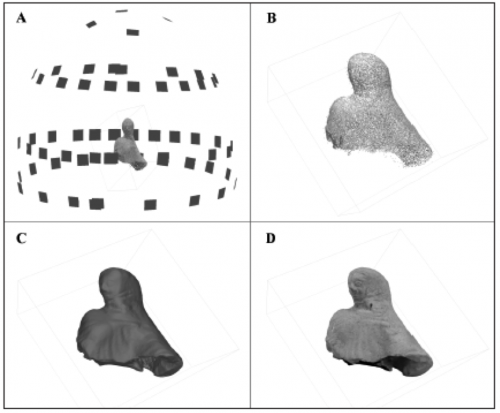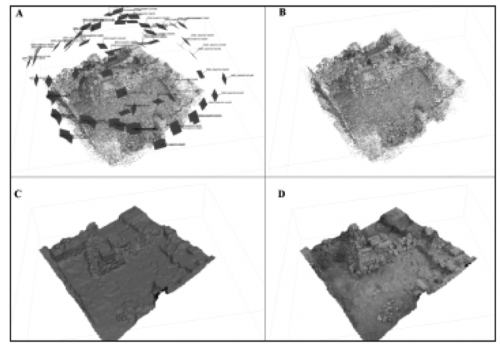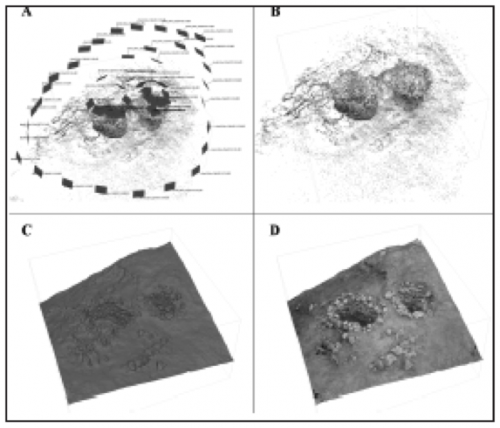3D Documentation
Katherine Smyth talks about 3D modelling at Tel Akko

Key to the reanalysis and publication of Dothan’s excavations in Area A is the development of a fully digitized documentation system that incorporates narrative, two-dimensional, and three-dimensional platforms. In order to manage and analyse mostly unpublished data from 16 years of intensive excavation, as well as data collected during excavation and survey from the renewed archaeological investigations of the Tel Akko Total Archaeology Project, the need for a real-time multi-dimensional recording system was realized from the very beginning.
All architectural features and paper plans from both the previous and current excavations in Area A have been scanned, georeferenced, and are in the process of being digitized. The project utilizes a selection of commercially available software packages to maintain, access, and analyze the excavation’s diverse datasets.
The programs forming the core of this approach are File-Maker Pro, for database management; ArcGIS, for geospatial recording; and Agisoft Photoscan, for 3D modeling. Together, these platforms allow for the storage and subsequent deployment of diverse archaeological datasets to address specific research questions.
The most innovative component of our documentation system is the use of Agisoft’s recently developed photogrammetry software known as PhotoScan. Released to the public in April 2010, the program offers a cost-efficient and easy-to-use solution to 3D modeling needs at multiple scales of interest from individual artifacts and structures, to entire sites using digital photographs. (For attempts to use PhotoScan in targeted archaeological scenarios, see Doneus et al . 2011; Verhoeven et al. 2012; The Tel Akko Total Archaeology Project 563 Verhoeven et al. in press ). The flexibility offered at every stage of processing makes PhotoScan an ideal tool for those seeking to generate quickly produced 3D models in the field, while also developing a dataset that lends itself to long-term, high-quality documentation and digital preservation.
Though very little has been published concerning the feasibility of implementing PhotoScan in day-to-day archaeological documentation (for recent attempts, see Kjellman 2012; De Reu et al. in press ), the program is currently being tested and evaluated by the Tel Akko Total Archaeology Project, which employs PhotoScan to undertake visual recording of daily excavation and to facilitate heritage management.
In 2011, field testing largely focused on a single trench, a 5-m square excavation unit designated RR3, over a two-week test period in order to create a relatively stable baseline against which to measure results of various capturing strategies. Building on the success of the 2011 season, the project, in 2012, expanded the scale of tests further to include a rigorous four-scaled program that tested the utility of the software and to develop a system for daily on site 3D documentation of excavations. The target scales included individual artifacts (Fig. 6), 5-m square excavation units (Fig. 7), the entire 700 m square excavation area, and the 22-hectare tell. Specific features of archaeological interest previously uncovered by Dothan, such as a pair of Late Bronze Age silos (Fig.8), were cleaned and modeled for the purposes of recording and digital preservation.
The resulting models at each scale represented the subjects true to form after standardised photo capturing strategies were developed and followed for each scale. The development of the 3D documentation system was immensely successful and the results of the entire testing program has recently been published (Olson et al).

